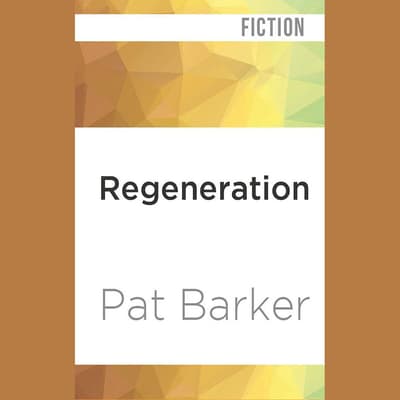
And yet there were hints all along that she’d been thinking about the Greeks. So Barker’s shift to the Bronze Age may have come as a surprise. (One of them, a young woman named Elinor, is repulsed by her mentor’s drawings of disfigured veterans, a plot development that allows the author to ponder, not without a touch of self-reflexiveness, the relationship of art to war.) The last of this series, “ Noonday,” which follows these characters’ lives into the Blitz, came out in 2015. There were a few contemporary novels with spiky themes-one centers on a character who, as a child, was convicted of murder-and another war trilogy, “ Life Class,” this one starting with a group of art students who are pulled, willy-nilly, into the First World War and its horrors. Her first novel, “ Union Street” (1982), a series of portraits of down-and-out women all living on the same street, begins with the rape of an eleven-year-old another is about a group of sex workers being preyed on by a serial killer.Īfter the success of “Regeneration,” Barker continued to oscillate, for the most part, between the early twentieth century and the present. These, as often as not, are between women and men. A decade before that, she had established herself with a trio of contemporary novels about working-class women in the North of England-the territory in which Barker grew up, and which she depicts as scarred by its own battles.



The author, after all, had never strayed very far from the twentieth century: she is best known for her “ Regeneration” trilogy, about the intertwined fates of a group of Britons during the First World War, which has attained the status of a classic since its publication, in the nineteen-nineties. At first glance, Pat Barker’s 2018 novel, “ The Silence of the Girls”-an adaptation of Homer’s Iliad-looked like a radical departure.


 0 kommentar(er)
0 kommentar(er)
